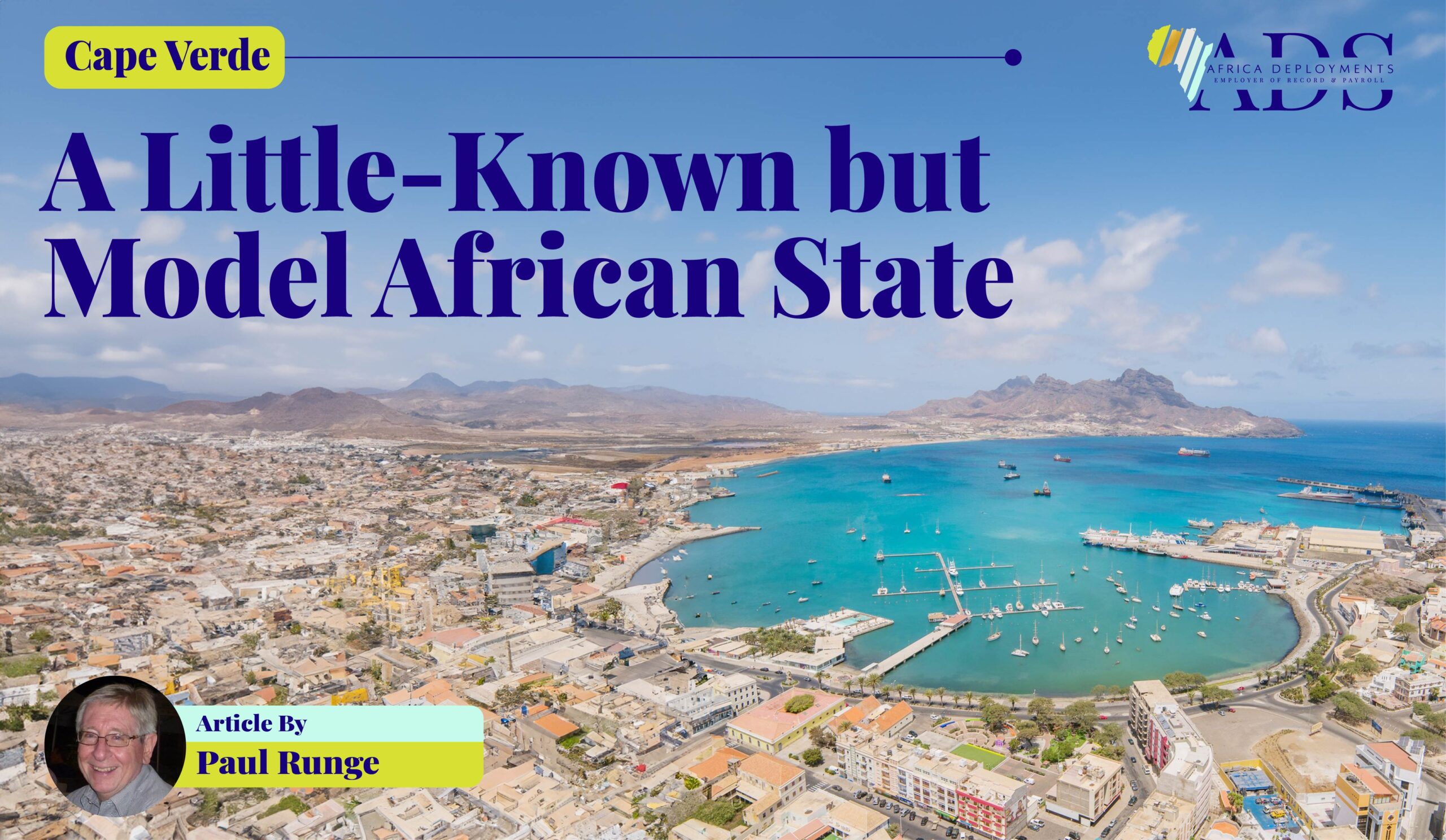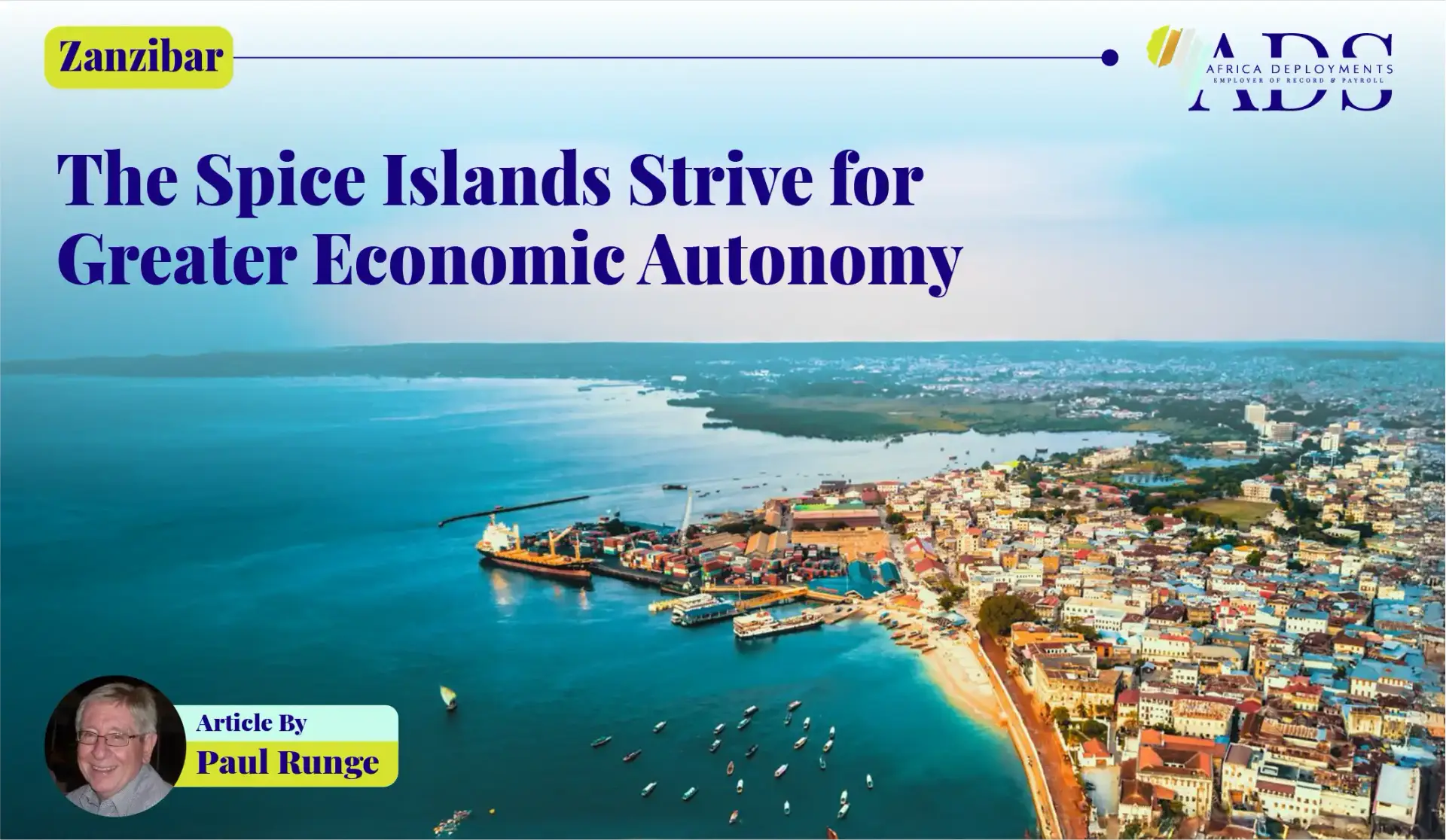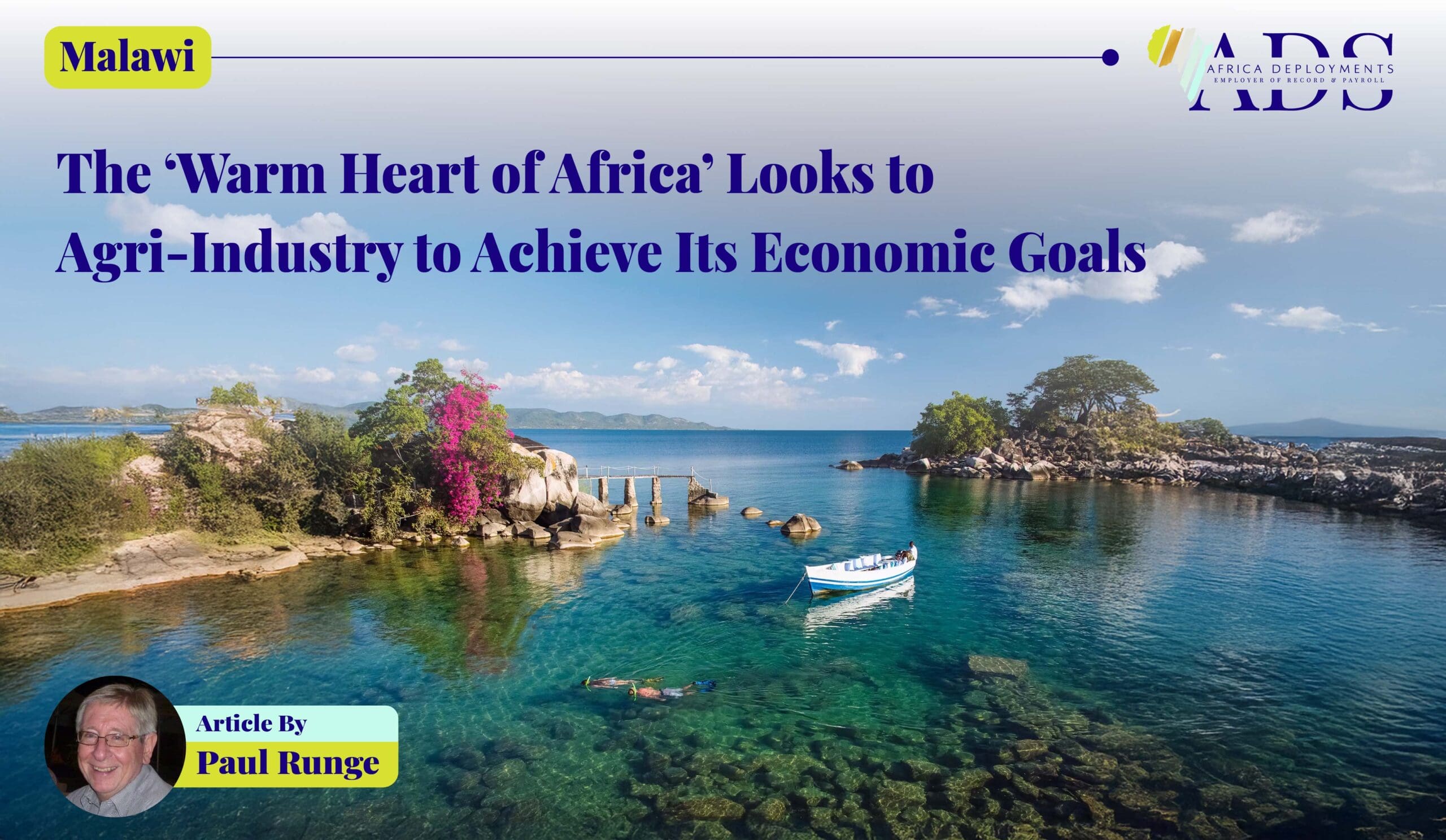
Cape Verde: A Little-Known but Model African State
Two years in a country I knew so little about…
For two years in the late 1980’s, I was tasked with coordinating technical assistance to the desalination and power generation plant situated on Sal Island in the Cape Verde archipelago. Up to that time, I only knew the country from my flights between South Africa and Europe, where we had to stop for an irritating hour or two in the middle of the night for refuelling. In those days, South African Airways was nicknamed ‘Slowly Around Africa’ because it could not land anywhere on the continent that would lessen flight duration.
What a challenging and enjoyable two years.

For those not familiar with this small African island country…
Cape Verde (officially the Republic of Cabo Verde), comprises nine inhabited islands (three uninhabited), situated in the central Atlantic Ocean, about 620 kilometres off Senegal and the West African coast. The population is around 600 000. The archipelago is a former Portuguese colony which gained independence in July 1975, and is an active member of the African Union.

A state that has received praise and accolades for good governance…
It is described as a country which since the early 1990’s, has developed into a stable, representative democracy, and has been well-recognised for its good governance. In 2011, the former president of the country, Pedro Pires was awarded the prestigious Mo Ibrahim Prize for Good Governance in Africa, on the basis that he had helped the archipelago become a “model of democracy, stability and increased prosperity.” In 2022, Transparency International rated Cape Verde as the 35th least corrupt out of 180 countries.
A substantially improved but still challenged economy…
Cape Verde is a country challenged by limited resources. It is largely dependent upon fisheries, small agriculture, and textiles. Tourism is a major hard currency earner, as is remittances from the many patriotic Cape Verdeans living abroad, (one estimate is of 700 000 Cape Verdeans living permanently in Europe and the USA.) Some 72% of GDP is from the services sector, (transport, financial and communications.) Even the landing fees paid by airlines using Amilcar Cabral International Airport on Sal island is of relative economic importance.
However, the country has registered strong and sustained economic and social progress over recent decades. In 1980, GDP per capita stood at only USD 798. In 1990, it rose to USD 1 633. And in 2022, it registered USD 3 903. The national economy grew a substantial 17,7% in 2022. Fitch Ratings Agency recently gave Cape Verde a positive B- outlook. A number of major infrastructure projects are underway, notably port expansions and ICT improvements.
The government is keen to break the poverty cycle. According to the World Bank, the percentage of the population living in extreme poverty was 22,6% in 2015, but this dropped to just over 11% in 2022. Some analysts predict a rate of 8% in 2024.

Cape Verde in the mid-1980’s…
The Africa Party for the Independence of Guinea and Cape Verde (PAIGC) which replaced the Portuguese colonial rulers in 1975 was strongly socialist in policy, and the newly independent Cape Verde implemented largely socialist policies during the latter 1970-s and 1980-s. From 1980 until 1991, Cape Verde was a one-party state ruled by the African Party for the Independence of Cape Verde (PAICV). The state was the main economic role player, struggling to maintain the economy of a country that had few major resources, apart from a vibrant and diligent population. Food shortages were a constant problem, and there was much dependence upon foreign aid.
The hard-working nature of the Cape Verdeans was made evident to me when my colleagues and I drove through the hills of the volcanic island of Santiago for a business meeting at the home of a government dignitary. We passed teams of men and women laying stones they had laboriously cut to lay the cobbled roads that traversed the island’s steep hills and low valleys.

Addressing the water problem on Sal Island…
Sal is a flat island lying along the path of the arid Sahel Belt. “Are we on the moon?” remarked one newly arrived member of my project team as we drove through the rocky, sandy, moonscape-like terrain to our hotel. Agriculture is difficult in the flat islands such as Sal and Boa Vista, but only just possible in the higher areas of the hilly, volcanic islands such as Santiago and Sao Vicente, where some relief rainfall occurs.
Water supply was (and still is) a serious challenge, and my mission in the late 1980’s was to coordinate and arrange for technical support visits by teams of international water and energy specialists to optimise the performance of the desalination plant on Sal Island. At the time, the island’s population was only around 25 000, but there was a need to ensure that they had access to clean, potable water. Despite my highly non-technical background, I learned much from the team about the reverse osmosis technology used for desalinating sea water.
The tourism boom illustrates the country’s major economic improvement…
There were few hotels when I was running around the islands. The Morabeza on Sal (where the air crews stayed) was perhaps the best. Those on Santiago were sub-standard, and even the ‘fun’ island of Sao Vicente (where the annual Mindelo Carnival takes place) had little to offer in the way of tourist-standard rooms.
A good number of top hotels have sprung up over recent years. Examples of new five-star establishments include: the Hilton Cabo Verde Sal Resort, the Blue Marlin on Sao Vicente Island, and the Riu Palace Boa Vista.
In 2022, Cape Verde registered 785 272 visitors. According to World Bank Data, the corresponding figure for 1995 was only 28 000. This figure rose to 135 000 in 2000 and reached a peak of 819 000 in 2019 before Covid-19 struck. The calm sea, large beaches and game fishing are major attractions, as is the allure of a culture that is distinctly African, but also with hints of southern Europe and South America. The consistent but mild winds have further made the islands a wind surfing mecca.
Cape Verdeans are renowned for their morna folk music, sung in Cape Verdean Creole. One of my favourite haunts in Mindelo was the Piano Bar, where musical instruments were constantly available and any aspirant musician could go onto the stage and play to the patrons. Most of them were excellent.

One day…
It has been a long time since I was last in this little-known, exotic island paradise. If any kind soul would like to send me on another assignment there…!





